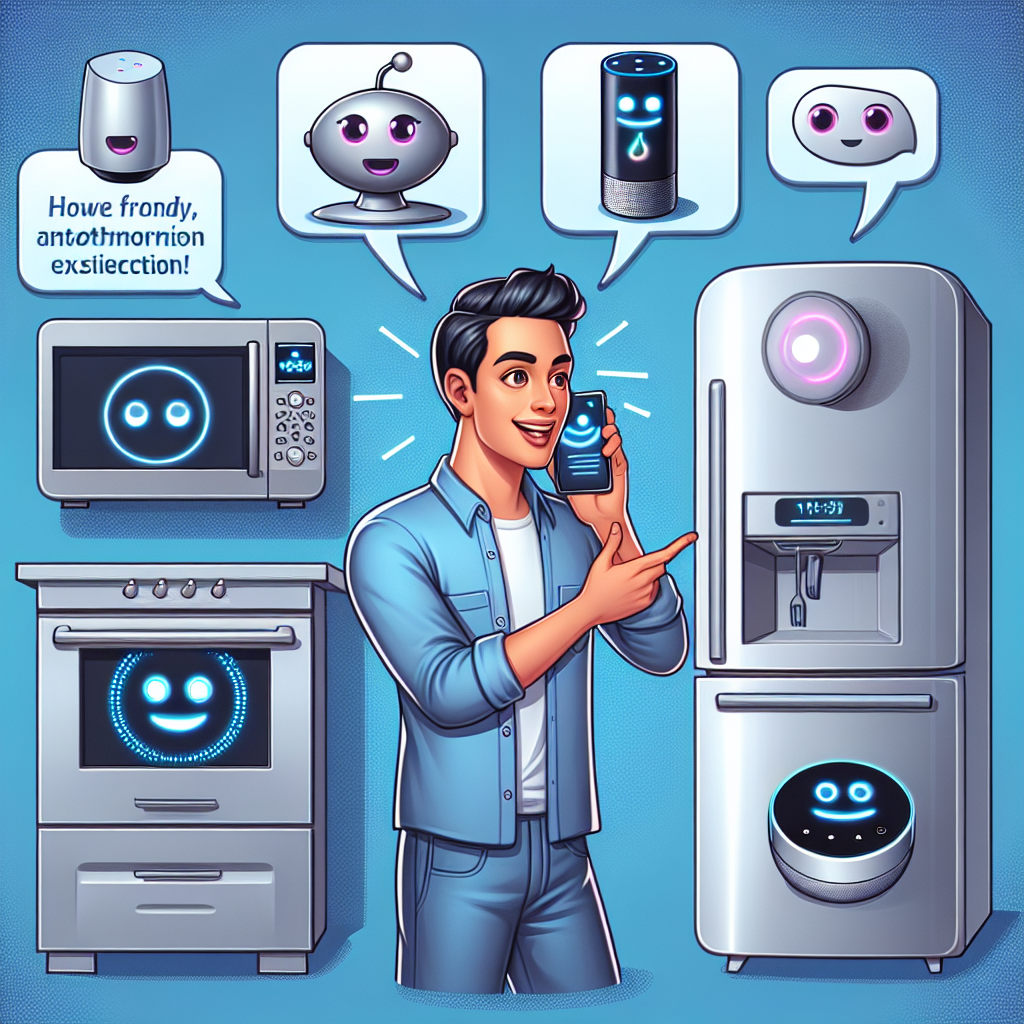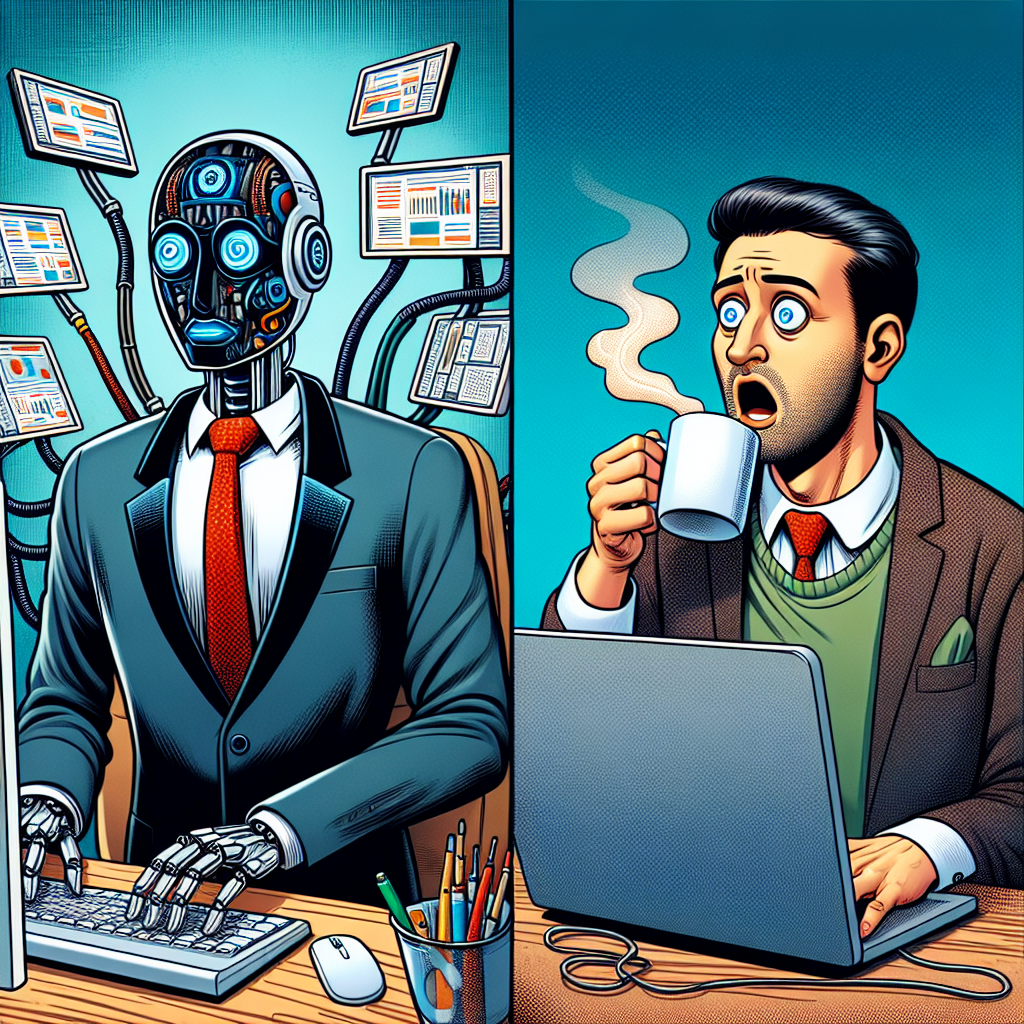Remember when creating software was exclusively for those who could code? Those days are rapidly fading into history. Today, we’re witnessing a remarkable shift in how AI technology is developed and deployed. What was once the domain of technical experts with years of programming experience has now become accessible to virtually anyone with an idea and the motivation to bring it to life.
This democratization of AI application development represents a unique opportunity for individual entrepreneurs, small business owners, and even developers looking to fast-track their projects. The emergence of AI SaaS creation platforms has torn down the technical barriers that previously kept innovative ideas from becoming reality. Now, you can transform your concept into a functioning AI application without writing a single line of code.
The Rise of User-Friendly AI Tools
The evolution of AI technology has been nothing short of revolutionary. Just a few years ago, implementing AI solutions required deep technical knowledge, substantial financial resources, and significant time investments. Today, low-code platforms have changed the game entirely, making AI accessible to everyone regardless of their technical background.
These user-friendly AI tools are designed with simplicity in mind, featuring intuitive interfaces that guide users through the creation process step by step. They offer pre-built templates, drag-and-drop functionality, and visual workflows that anyone can understand and implement. This shift has empowered countless entrepreneurs and small businesses to enhance their operations with sophisticated AI capabilities that were previously out of reach.
How Large Language Models Are Changing the Game
At the heart of this revolution are Large Language Models (LLMs), sophisticated AI systems trained on vast amounts of text and code. These models have fundamentally transformed what’s possible in the world of AI SaaS platforms by enabling truly intelligent applications without the need for complex programming.
LLMs serve as the brain behind customizable digital workers that can perform an impressive range of tasks. They can understand natural language, generate human-like responses, analyze data, and even make decisions based on the information they process. This capability has made it possible to create AI applications that feel intuitive and responsive rather than rigid and mechanical.
For example, a small business owner with no technical background can now build a customer service chatbot that understands industry-specific terminology, responds to common questions, and escalates complex issues when necessary. The process is as simple as defining the bot’s purpose, providing some examples of typical customer interactions, and configuring how the bot should respond in different scenarios. The LLM handles the complex natural language processing behind the scenes, creating an experience that feels remarkably human.
Similarly, a solo entrepreneur can create an AI content assistant that generates marketing materials, social media posts, and product descriptions tailored to their specific brand voice and audience. By providing a few examples of their preferred writing style and some basic parameters, they can leverage the power of LLMs to scale their content creation efforts without hiring additional staff or spending hours writing everything themselves.
Commercial Opportunities in the AI SaaS Ecosystem
The accessibility of AI SaaS creation platforms hasn’t just made AI more convenient—it’s opened up entirely new commercial opportunities for entrepreneurs and small businesses. These platforms typically offer marketplaces where users can share and sell their AI products, creating potential revenue streams that weren’t previously available.
Imagine creating a specialized AI tool that solves a specific problem in your industry. Not only can you use it to improve your own operations, but you can also package it as a product and sell it to others facing the same challenges. This ability to monetize solutions transforms the investment in creating AI applications from a pure expense into a potential profit center.
Workflow automation represents another significant opportunity. By connecting various AI-powered tools and services, businesses can create end-to-end processes that require minimal human intervention. For example, a marketing agency could build a workflow that automatically monitors social media for relevant trends, generates appropriate content responses, schedules posts, and analyzes performance—all without manual input after the initial setup.
Intelligent collaboration tools powered by LLMs are also transforming how teams work together. These tools can facilitate better communication, automate routine coordination tasks, and even provide insights that help teams make better decisions. For small businesses with limited resources, these capabilities can level the playing field, allowing them to operate with the efficiency and sophistication of much larger organizations.
The commercial impact of these technologies extends across virtually every industry. Healthcare providers are using AI tools to improve patient care and streamline administrative processes. Retailers are implementing AI-powered inventory management and customer service solutions. Financial services firms are leveraging AI for risk assessment and personalized financial advice. The applications are as diverse as the businesses themselves, but the common thread is that they’re now accessible without specialized technical expertise.
Zygote.AI: Empowering Everyone to Create AI Solutions
At Zygote.AI, we’re driven by a powerful vision: to be the ultimate AI SaaS creation platform that empowers absolutely everyone to turn their ideas into AI products. We believe that the ability to create should not be limited by technical skills or resources, but should be available to anyone with a vision.
Our philosophy centers on making AI creation truly accessible. That’s why we’ve developed a user-friendly low-code platform that guides users through the process of bringing their ideas to life. Whether you’re an individual entrepreneur looking to automate parts of your business, a small team seeking efficiency improvements, or a developer wanting to rapidly prototype new concepts, our platform provides the tools you need without requiring extensive coding knowledge.
The heart of our approach lies in our customizable AI digital workers and workflows. These intelligent agents can be tailored to perform specific tasks across various industries, from content creation and customer service to data analysis and decision support. The flexibility of these digital workers means they can adapt to your unique needs rather than forcing you to adapt your processes to fit rigid software limitations.
We’re particularly excited about the potential for fully automated workflows. For instance, we’ve already developed systems that can autonomously select topics, write content, generate illustrations, perform reviews, and publish promotional articles—all without human intervention. This level of automation represents the future of work, where routine tasks are handled by AI, freeing humans to focus on creative thinking, strategic decision-making, and personal interactions.
Take Sarah, for example, a solo marketing consultant who used Zygote.AI to create a comprehensive content generation system for her clients. Without any coding background, she was able to build an AI application that creates tailored marketing materials based on client-specific parameters. What once took her hours of work per client now happens automatically, allowing her to serve more clients while actually reducing her working hours. She’s even begun selling access to her custom AI tool to other marketing professionals, creating an entirely new revenue stream.
Or consider Brightpath Solutions, a small accounting firm that leveraged our platform to develop an AI-powered client communication system. Their application automatically handles routine client questions, schedules appointments, and even generates preliminary tax advice based on client-specific situations. The firm’s staff now focuses exclusively on complex accounting issues and relationship building, resulting in higher client satisfaction and a 40% increase in capacity without adding personnel.
The Future of AI Development Is For Everyone
As we look toward the future, it’s clear that AI development will continue to become more accessible, more powerful, and more integrated into our daily lives. The barriers between having an idea and creating a functional AI application will continue to diminish, opening opportunities for innovation from unexpected sources.
This democratization of AI creation has profound implications for personal and professional growth. For individuals, it means the ability to automate routine tasks, enhance productivity, and possibly even develop new sources of income. For businesses, it represents the chance to operate more efficiently, serve customers more effectively, and compete in ways that weren’t previously possible without significant technical resources.
The real power of user-friendly AI tools isn’t just in making existing processes more efficient—it’s in enabling entirely new approaches that weren’t conceivable before. When people from diverse backgrounds and with varied expertise can create AI applications, we see solutions that technical experts alone might never have imagined. A healthcare provider might create an AI assistant that addresses patient concerns in a particularly empathetic way. A teacher might develop an AI tool that adapts to different learning styles in ways that conventional educational software doesn’t. These perspectives enrich the AI ecosystem and lead to more human-centered technology.
The AI revolution isn’t something happening in distant research labs or only at giant tech companies—it’s happening right now, and you can be part of it. Whether you have a specific problem to solve, a business process to improve, or simply a creative idea you want to explore, today’s AI SaaS creation platforms make it possible to build your dream AI application without writing a single line of code.
The question is no longer whether you have the technical skills to create AI applications—it’s what you’ll create now that the tools are at your fingertips. Your dream AI app might be the solution someone else has been waiting for. Why not start building it today?









